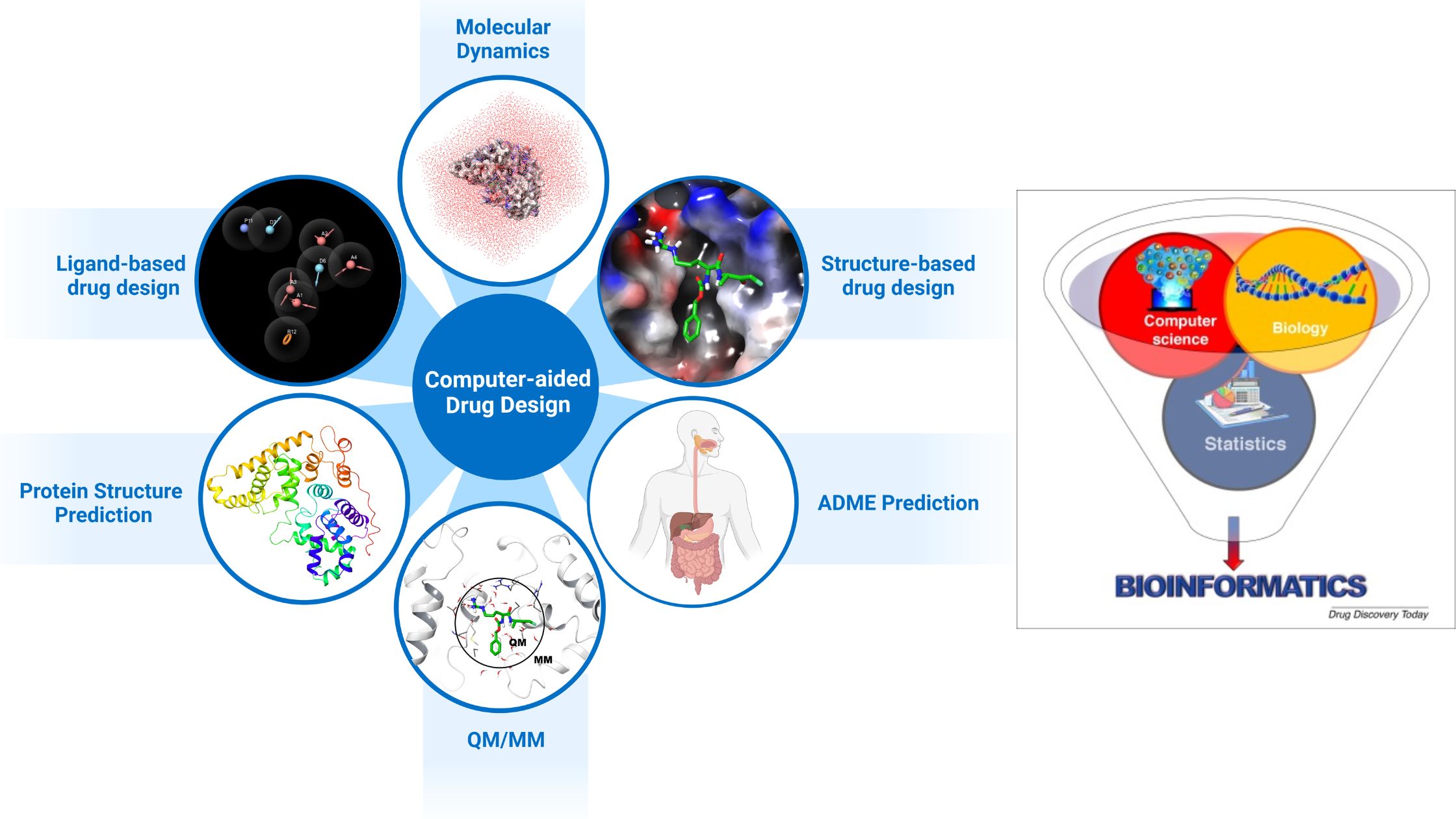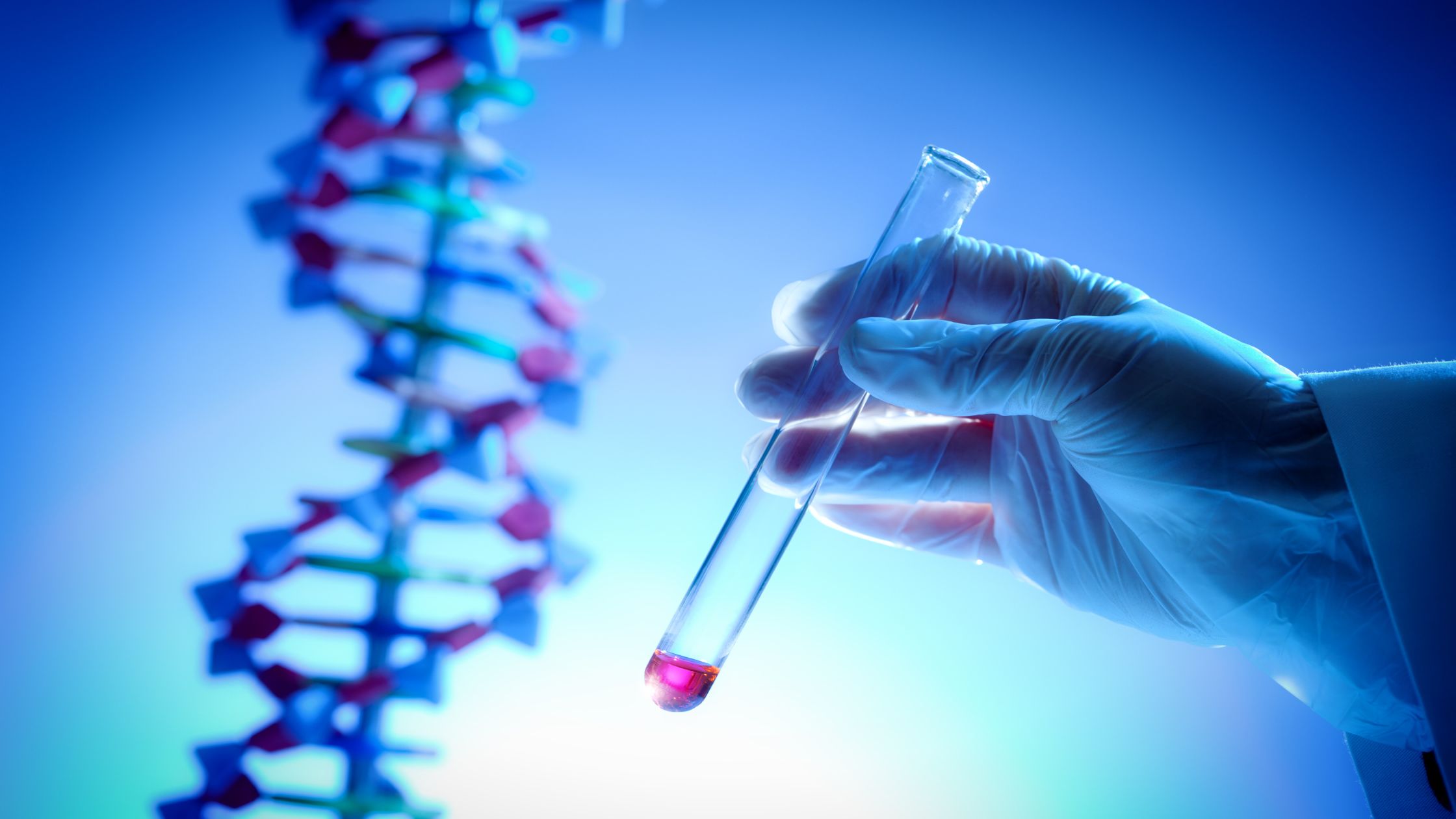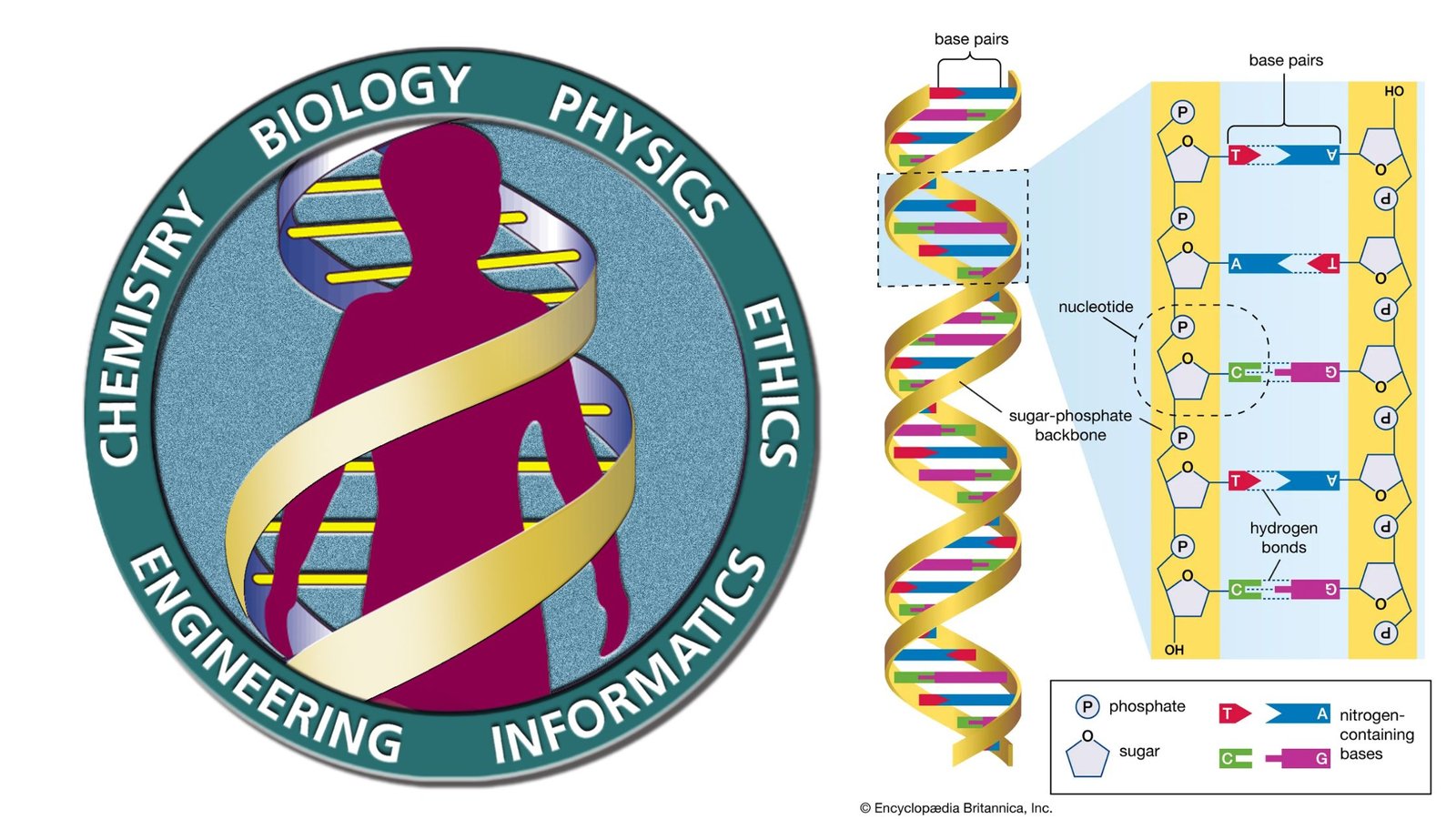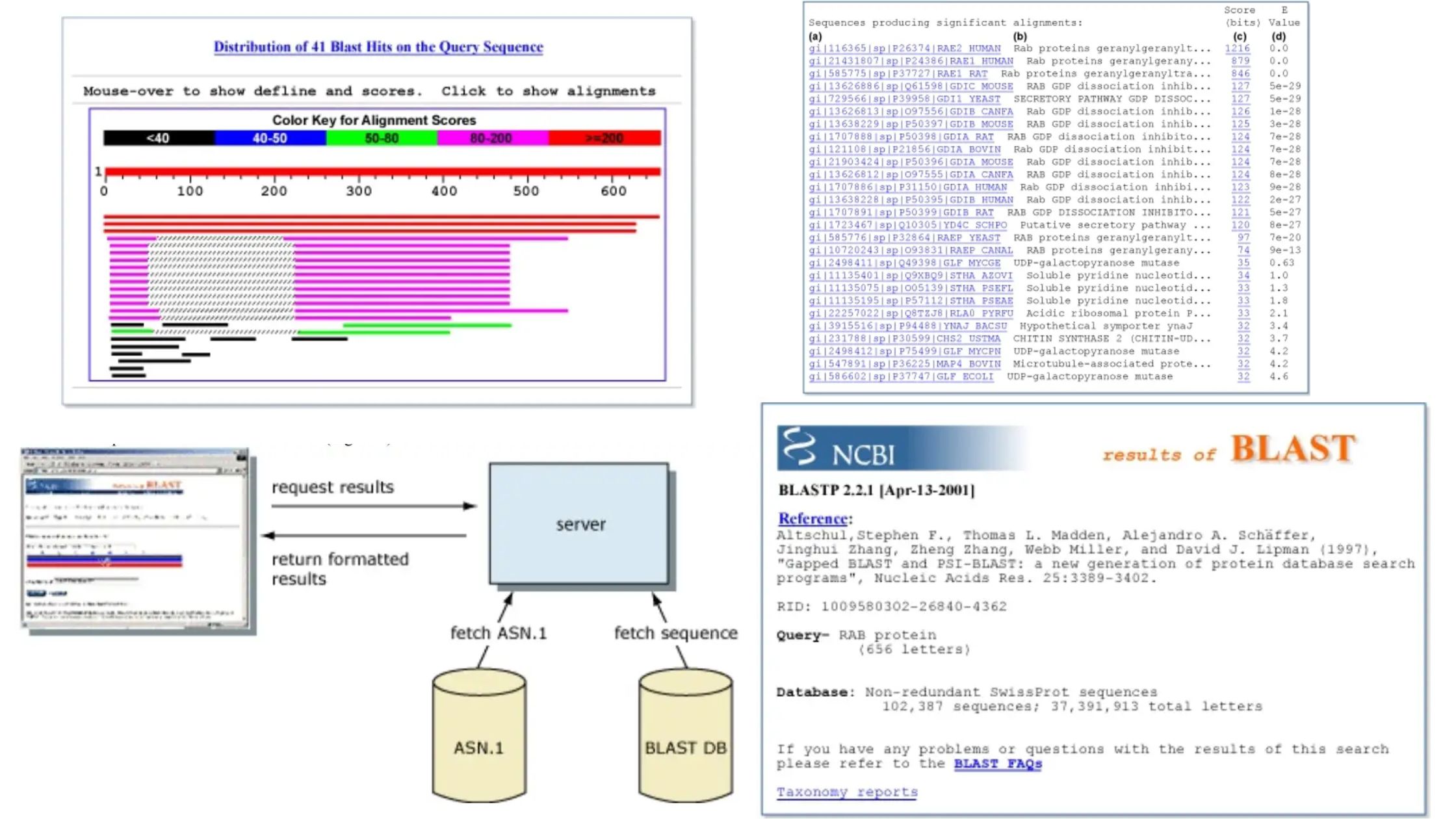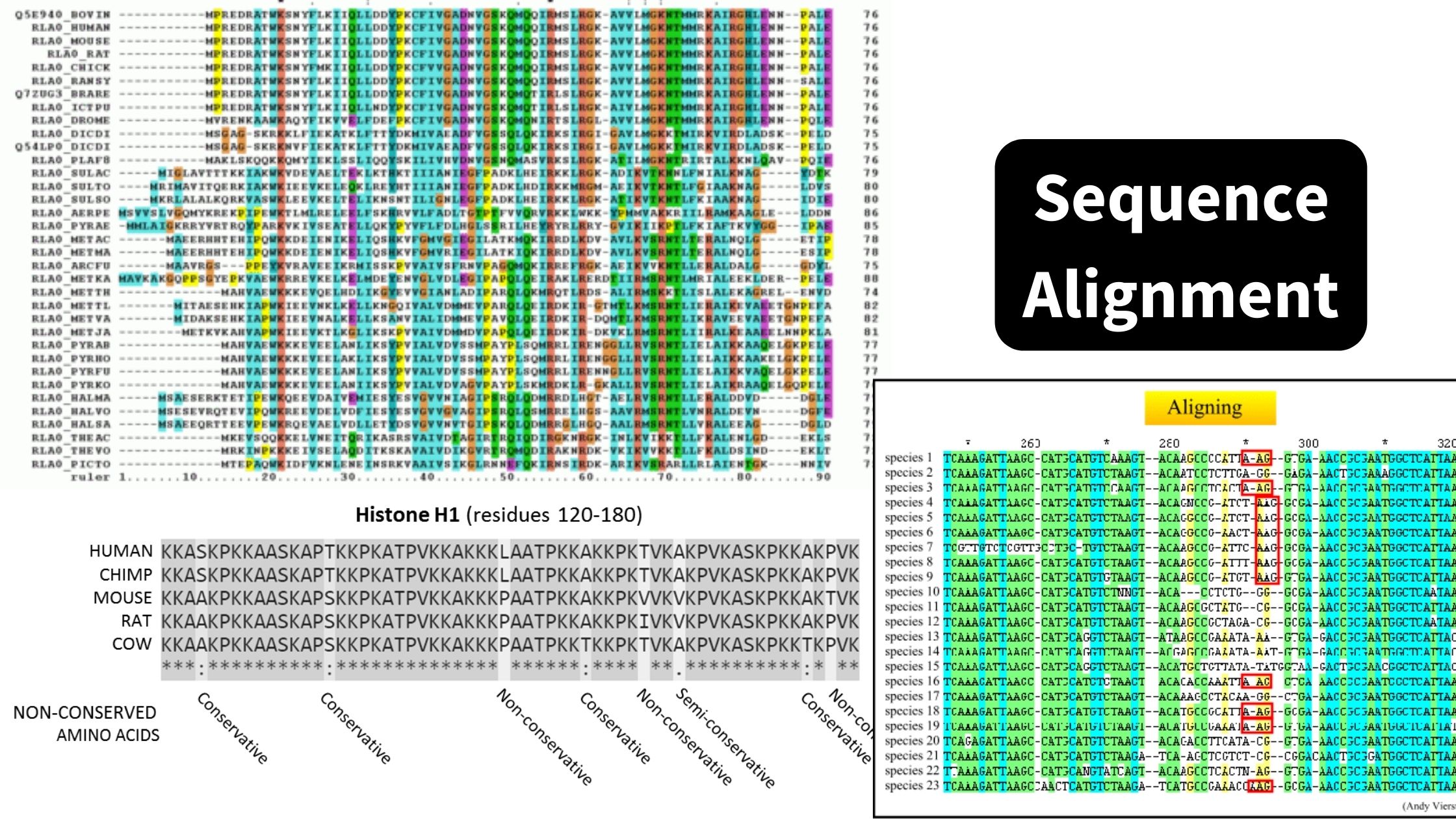The Earth BioGenome Project (EBP)
In a world dominated by technological advancements and an increasing knowledge of the intricacies of our planet’s natural environment scientists and researchers have launched an innovative project known as the Earth BioGenome Project (EBP). This ambitious global project aims to sequence and catalogue the genomes of every known species of Earth which will lead to a … Read more

